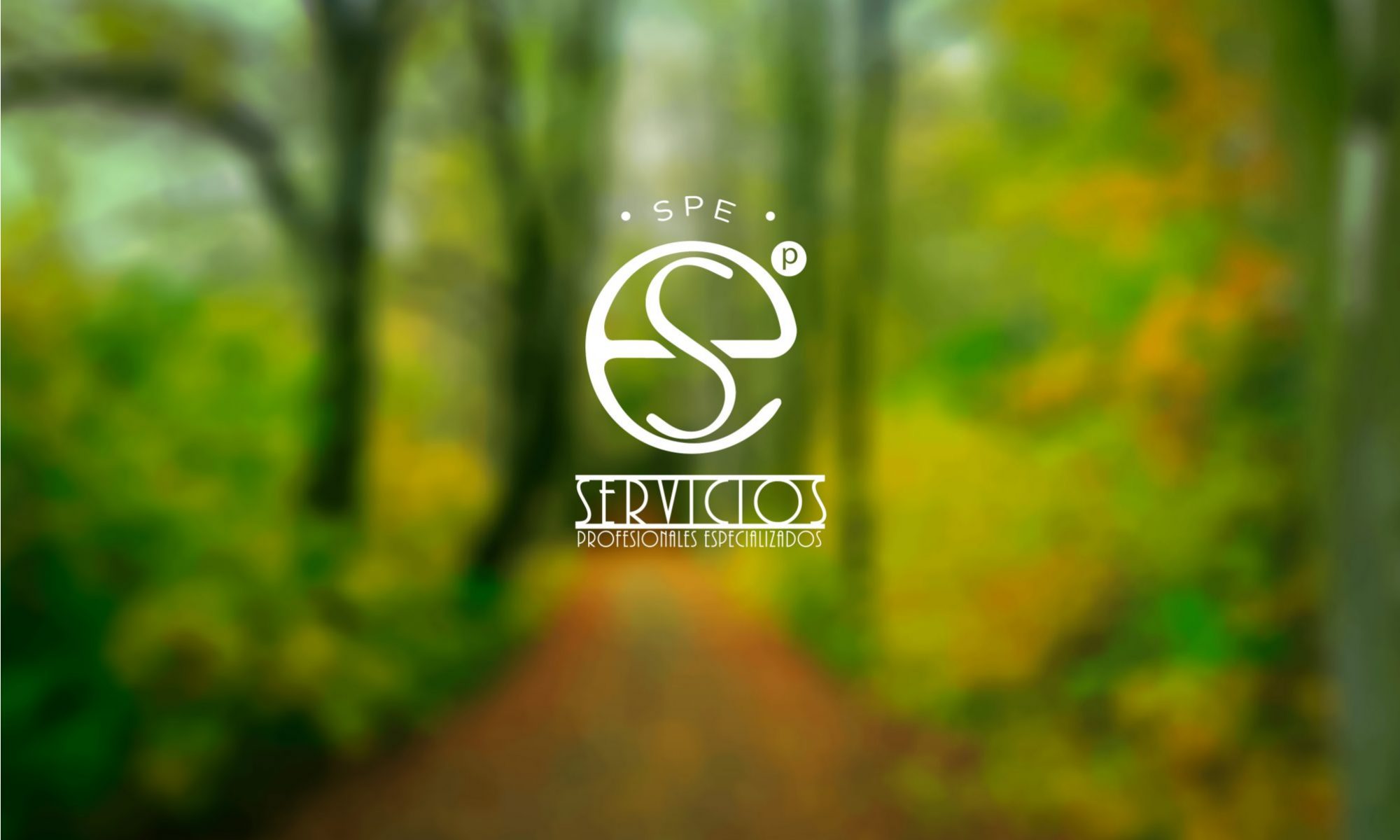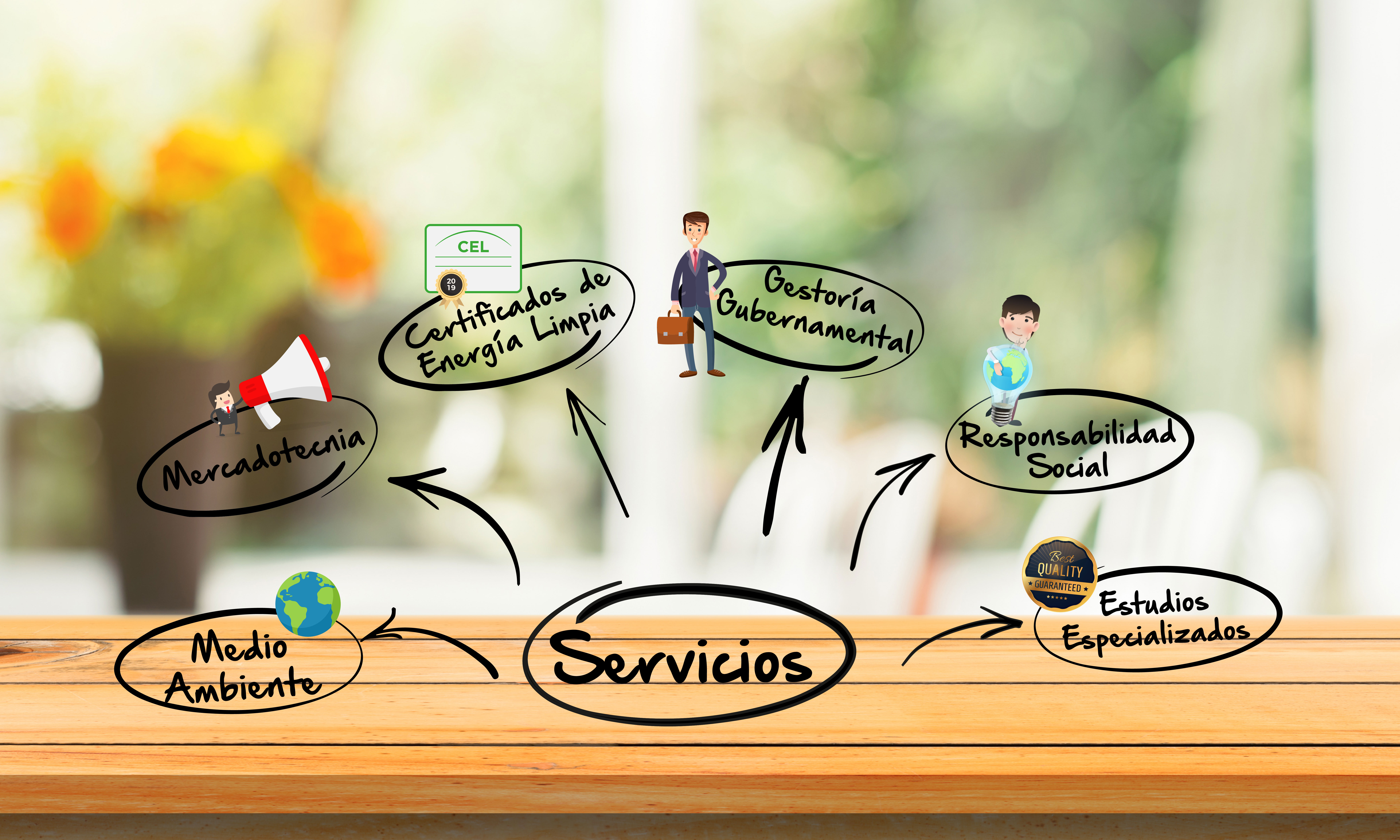Every industrial operation generates raw material, packaging, processes, and finished products solid waste, which can be classified in two categories: Hazardous Waste (HW) and Non-Hazardous Waste (NHW). The first one is detected by means of the CRIT test (Corrosive, Reactive, Flammable, and Toxic), which requires strict handling supervised by the PROFEPA –the U.S. Environmental Protection Agency (EPA) Mexican counterpart; the second one can be handled in particular landfills or in places authorized by state or county’s authorities.
The program includes a systematic analysis of the processes to identify areas of opportunity in the reduction of waste, striving to optimize resources and raw materials. The analysis of the generation of waste implies first their identification (MSDS) and characterization (CRETIB test). Later, once separated of other harmless residues, we quantify their real volume by means of matter and energy balance. The statistical analysis of generation versus production and other implicit factors in the processes determines viable and measurable alternatives for raw material waste reduction as products are generated.
The search for, identification, test, and use of “ecologically friendly ” raw materials can be complemented to replace the present ones, reducing the generation of DW, as well as with the possibility of reusing and recycling other products.





